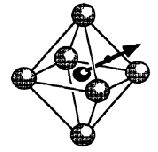Re-use of this resource is governed by a Creative Commons
Attribution-
NonCommercial-ShareAlike 4.0 International
https://creativecommons.org/licenses/by-nc-sa/4.0/
NonCommercial-ShareAlike 4.0 International
https://creativecommons.org/licenses/by-nc-sa/4.0/
An Interactive PZT Phase Diagram. To use, click on the
different regions of the diagram.
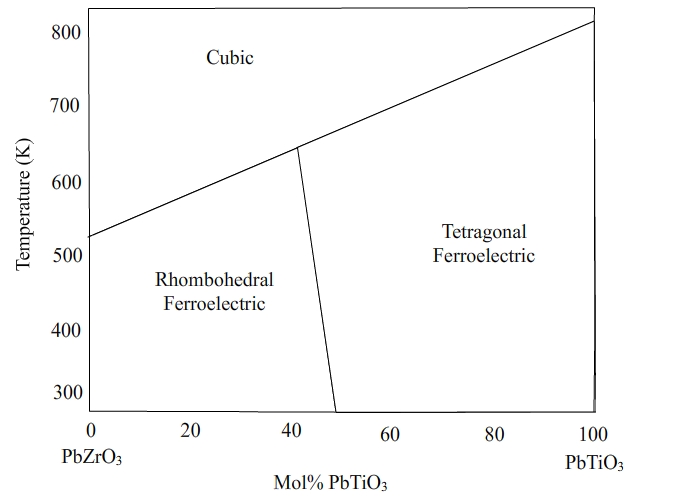
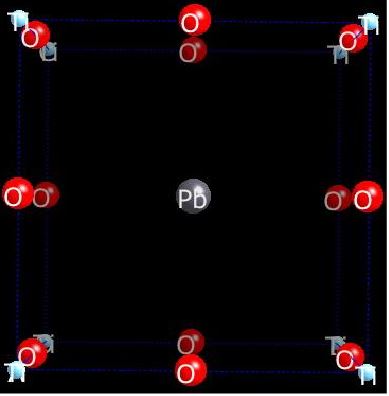
The cubic structure, found at high temperatures, does not
possess a spontaneous dipole.
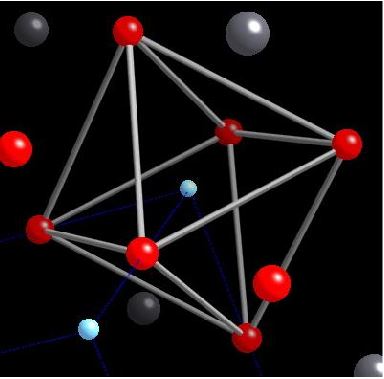
The cubic structure means that there is no movement of
the Ti ion inside the O octahedra. This results in no net dipole moment,
making cubic PZT non-piezoelectric.
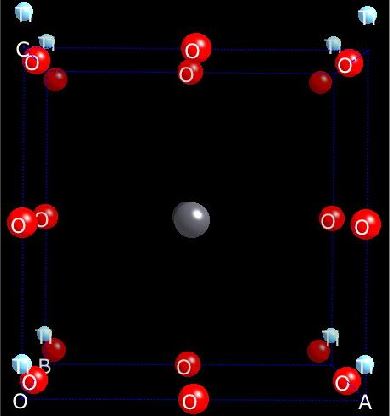
In the tetragonal phase, the most important atom motion
is that of the Ti atom in the O octahedra, in the originally [100] direction.
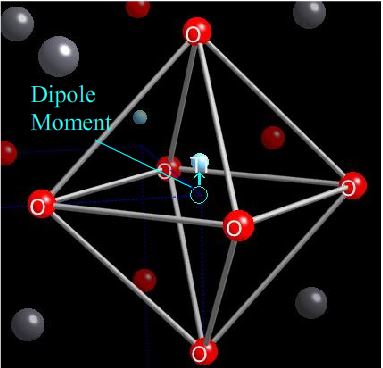
The atom forms a dipole moment in the [100] direction.
This gives it 6 possible directions to form, passing through each vertex
of the octahedra.
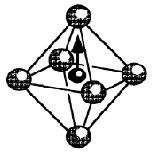
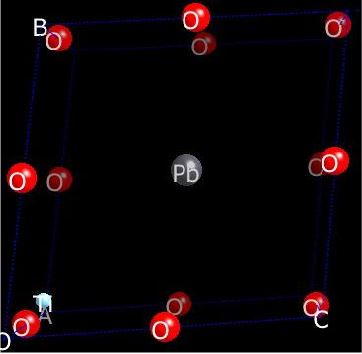
In the rhombohedral phase, the Ti atoms move in the [111]
direction. The unit cell has the same lattice parameter along each axis,
so there is a movement which is symmetrical about the [111] direction.
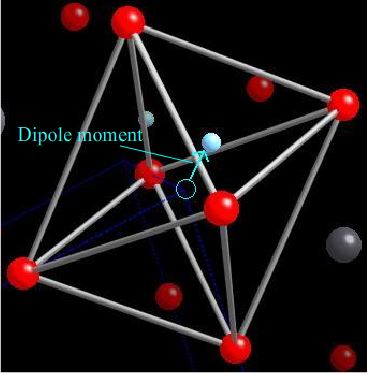
The movement of the Ti atom forms a dipole moment in the
[111] direction. This gives it 8 possible dipole moment directions,
through the centre of each octahedral face.
